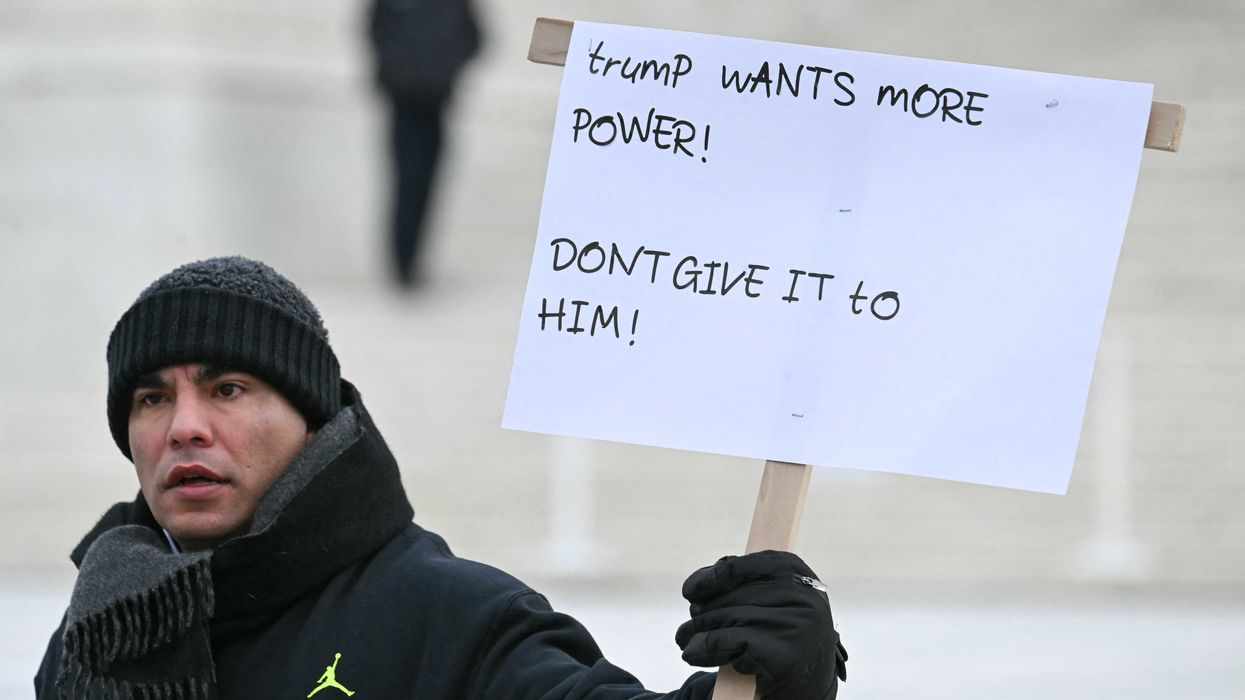According to a recent study (and obvious observation of behavior), the self-infatuation of America's youth is on the rise. And unfortunately, most have nothing to show for it.
Over the weekend, the Daily Mail reported:
"Young people's unprecedented level of self-infatuation was revealed in a new analysis of the American Freshman Survey, which has been asking students to rate themselves compared to their peers since 1966."…
"Psychologist Jean Twenge and her colleagues compiled the data and found that over the last four decades there's been a dramatic rise in the number of students who describe themselves as being 'above average' in the areas of academic ability, drive to achieve, mathematical ability, and self-confidence.
But in appraising the traits that are considered less individualistic - co-operativeness, understanding others, and spirituality - the numbers either stayed at slightly decreased over the same period.
Researchers also found a disconnect between the student's opinions of themselves and actual ability.
While students are much more likely to call themselves gifted in writing abilities, objective test scores actually show that their writing abilities are far less than those of their 1960s counterparts.
Also on the decline is the amount of time spent studying, with little more than a third of students saying they study for six or more hours a week compared to almost half of all students claiming the same in the late 1980s.
Though they may work less, the number that said they had a drive to succeed rose sharply.
These young egotists can grow up to be depressed adults.
A 2006 study found that students suffer from 'ambition inflation' as their increased ambitions accompany increasingly unrealistic expectations.
'Since the 1960s and 1970s, when those expectations started to grow, there's been an increase in anxiety and depression,' Twenge said. 'There's going to be a lot more people who don't reach their goals.'
Twenge is the author of a separate study showing a 30 per cent increase towards narcissism in students since 1979."
"They think that they're special and they think that they deserve great things because they're special, and they're not. That's going to be a problem. Who hasn't seen ‑‑ who hasn't seen this coming?" Glenn commented after reading the report.
And Glenn's right, if you've ever watched one episode of American Idol, it's crystal clear that something is wrong with the youth of America self-perception. Just look at the utter shock on the faces of these kids as they're broken the news that 'no, you're not the next Kelly Clarkson':
In the words of Simon, "Dreadful. Absolutely dreadful."
But, this is the "trophy generation", where throughout childhood kids are given award simply for showing up, where 'playing time' is guaranteed with no correlation to athletic ability, and students are forced to move at the pace of their lowest performing classmate.
America's youth are being set up for failure without ever being given the opportunity to actually experience it.
In a generation where practically every student goes to college, getting into college is hardly an achievement. Students enter with zero career goals, but believe they are entitled to a job upon completion. This didn't used to be the case.
Glenn has been reading a lot of books about the 1800s and the great innovators in America and the electrical age. Glenn was surprised by the number of them who left college because they felt like they were put in a box.
'I'm shocked by the number of people that went to college and, you know, Westinghouse was one of them, really smart guy, went to Yale, was I think a year into Yale and was like, "Okay, enough of that"," Glenn explained.
But it's not just great minds of the past who left college to innovate on their own. Steve Jobs, Bill Gates, and Michael Dell all left to pursue their own education and innovation.
"I'm stunned by how many people are not playing the game, you know, where they just, they just got out and said, "I don't want anything to do with this." And then how hard they all worked," Glenn said.
Today's youth don't share this motivation. Pat noted that when you hear people say, "there are jobs that Americans just won't do," they're right. How many 20-year-olds do you know that would work as a farmhand or in construction. There are some, but not many.
"They all believe they're above that," Pat quipped.
"It's time that we changed that," Glenn said. "And forget about ‑‑ you're not going to be able to turn the tide of the whole of society. It really is time to gather together with like‑minded people and change the world that you can change. You can't change the whole world. We have to focus on ourselves and our families and our own community, and strengthen each other. It's later than you think it is. And we can change the world. But not from Washington, and not through marches or anything else. We have to be a community of like-minded people that stand together, that value merit and work and invention and entrepreneurship."
Need more proof that America's youth aren't exactly in touch with reality? Watch this...

 JIM WATSON / Contributor | Getty Images
JIM WATSON / Contributor | Getty Images
 Joe Raedle / Staff | Getty Images
Joe Raedle / Staff | Getty Images AASHISH KIPHAYET / Contributor | Getty Images
AASHISH KIPHAYET / Contributor | Getty Images Harold M. Lambert / Contributor | Getty Images
Harold M. Lambert / Contributor | Getty Images